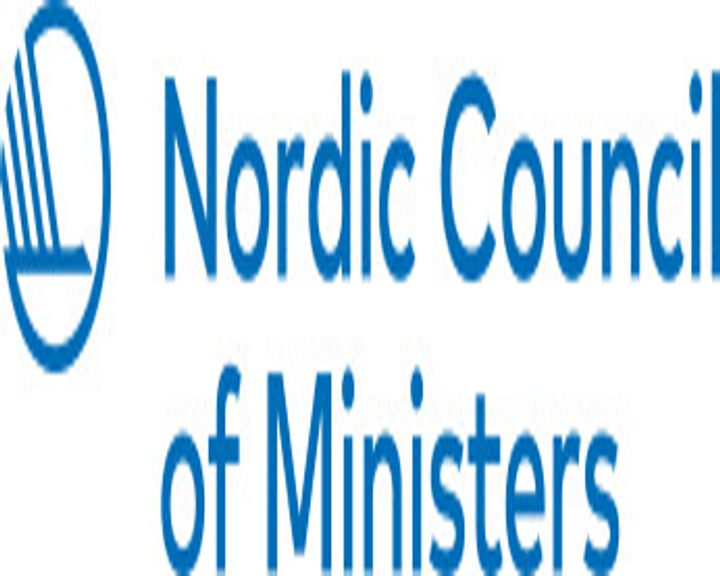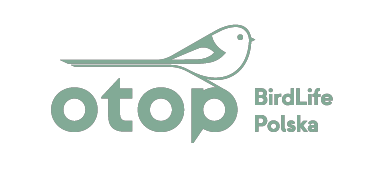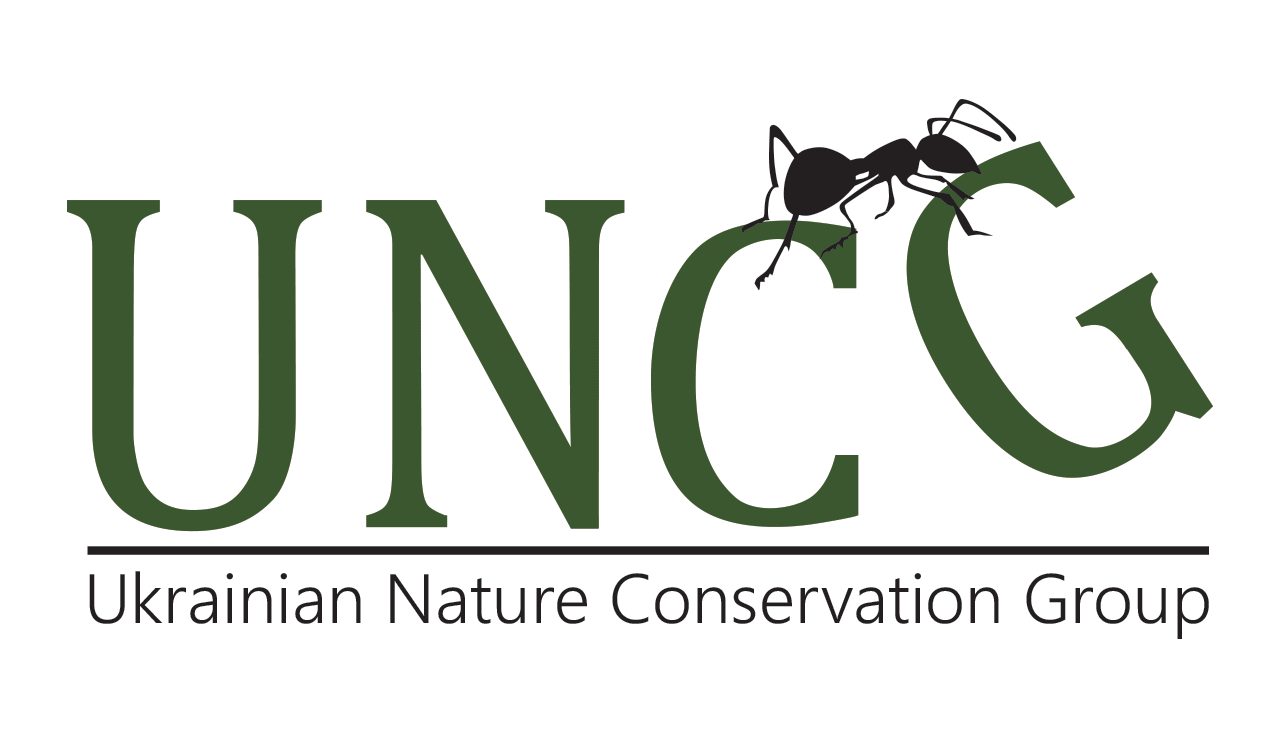
Kamień - short description
A small peat bog nestled among fields. Reminiscent of the larger and more famous Chełm Carbonate Bogs, its size makes it more susceptible to water loss. It is covered with peat bog, in patches of which the saw sedge—a rare and valuable plant species requiring a specific type of habitat—occurs.
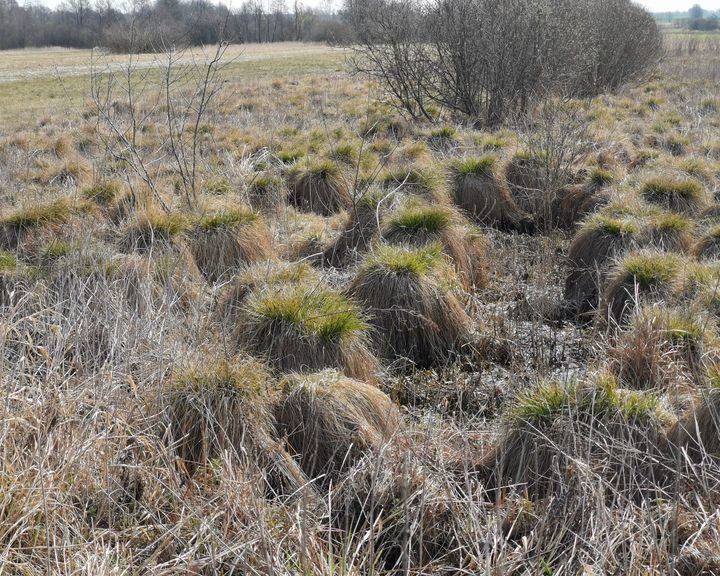
2017

2021
History of the site
The site was originally covered by a fen mire with a tussocky structure, mostly covered by sedges with patches of Cladium mariscus whilst currently the site is a a wet meadow area with patches of Cladium mariscus. In the 20th century, the area underwent very intensive land reclamation, at which agricultural management was most intensive. At the same time, a two-sided irrigation and drainage management system was in use. Unfortunately, due to lack of funds, this management did not persist: the damming facilities collapsed and only the drainage ditches remained.
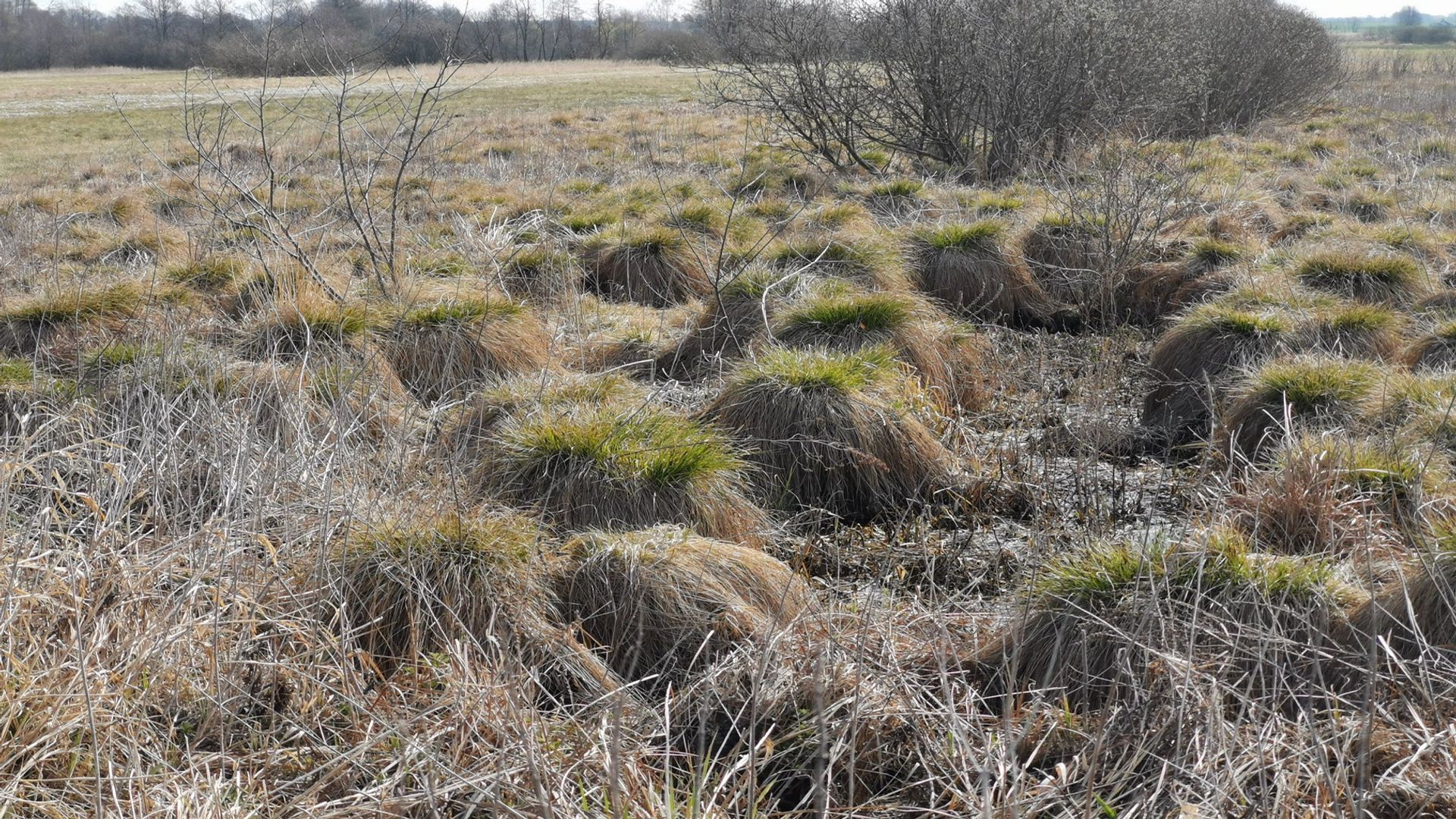
photo by Krzysztof Stasiak
Connectivity
The site is limited by natural barriers - elevations, road network, and through the layout of the drainage ditch network. The nearest neighbouring wetlands (belonging to the Chelm Calcareous mire complex) are located 5 km to the north and north-east. The site is limited by natural barriers and located in the area of the Eastern Ecological Corridor as one of the stops in the chain of habitats, creating a stepping stone type ecological corridor, through which it is possible for the fen mire species individuals to move between their stable populations present in the surrounding fen mires, e.g., Bagno Bubnow mire and ephemeral sites in the Bug valley. This will increase the accessibility for biodiversity to the main ecological corridors within which the bridging habitats are located.

photo by Krzysztof Stasiak
Characteristics of the site
The topography is varied, with mineral elevations interspersed with peat-filled depressions, and in the 1960s the area was covered by a dense network of drainage ditches. Currently, the site is used as extensive hayfield and pasture. Today, the mire is heavily drained and degraded as a result of very rapid water run-off through a network of dredged drainage ditches. This stimulates the encroachment of meadow vegetation in place of sedges and Cladium mariscus. The site belongs to private owners and to the State Treasury (being managed by the Regional Directorate for Environmental Protection), with whom the OTOP BirdLife Poland has signed relevant agreements allowing the re-wetting works to be carried out.

photo by Krzysztof Stasiak
Problem, threats
Current status of surface water is ecologically and chemically bad. At the same time, the quantitative and chemical status of groundwater was determined as good. The greatest danger to the area is the overdrying of habitats. Both the abandonment of mowing in the meadows and the potential intensification of meadow management are important threats. Preventing rapid surface run-off of water would influence its storage in lower layers and increase the capacity of waters to self-purify. Therefore, there is an urgent need to maintain rational management in the area (including increasing retention) using appropriate agri-environmental packages.

photo by Krzysztof Stasiak
Species
The site is one of the three sites in Poland of the butterfly Coenonympha oedippus, whose local population was estimated at around 500 individuals. In addition, there are three other species of butterflies listed in Annex II of the Council of Europe Directive 92/43/EEC: Lycaena dispar, Maculinea nausitous and Maculinea teleius as well as the protected fire-bellied toad Bombina bombina. The dominant habitat in the refuge is extensively used fresh meadows (6510). Molinia meadow (6410) also occurs on approx. 30% of the area. An approx. 1.5 hectares is covered by patches of Cladietum marisci (7210) and 2 hectares by patches of Schoenetum ferruginei (7230). The refuge is one of the six most important sites in the region and nationally important for the conservation of the Schoenetum ferruginei complex. It is also the site of the third largest population of the lowland subspecies of Swertia perennis ssp. perennis in the Lublin region and the refuge of two vascular plants from the Polish Red Book - Dactylorhiza incarnata ssp. ochroleuca and Pinguicula vulgaris ssp. bicolor. The area contains two, out of 27, sites of Cladium mariscus in central-eastern Poland. The site also hosts several species of Annex II breeding birds. The following have been recorded here: Lapwing (Vanellus vanellus), Common snipe (Gallinago gallinago) and Sedge warbler (Acrocephalus schoenobaenus).

photo by Krzysztof Stasiak
Restoration action
In order to preserve the existing habitat structure, it is necessary to stop the drainage and damming of water in the area. The construction by the OTOP of damming devices on the ditches draining the peatland between 2017 and 2021 was a response to the threats identified. The project consists of the construction of two damming devices of concrete construction, with adjustable damming height, with a maximum damming height of less than 1 m. The purpose of the damming devices is to retain spring water on the mire and, thanks to the adjustable dams, to lower the water level for a period in full summer, during the haymaking season.

fot. Krzysztof Stasiak
Monitoring
Aquatic Warbler monitoring, breeding bird monitoring. Watertable monitoring.

photo by Krzysztof Stasiak
Partners
Nature-based solutions in open wetlands restoration for biodiversity, water quality improvement and climate mitigation // 1.10.2024 – 30.09.2025
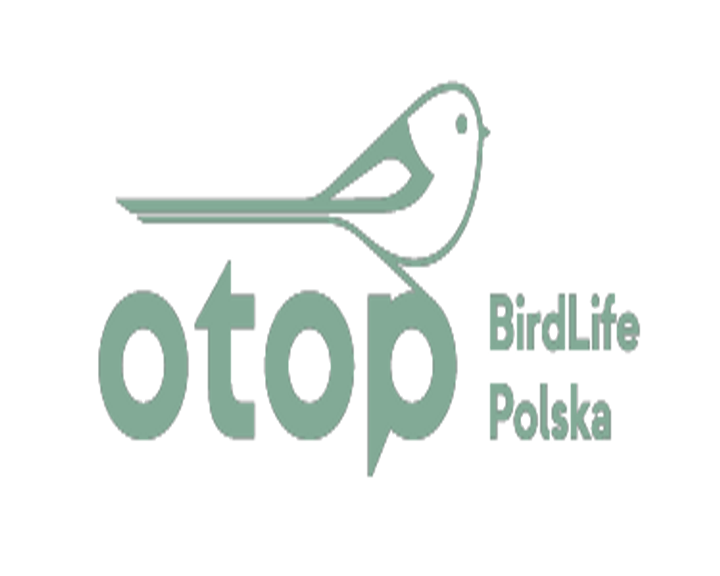
OTOP BirdLife Poland
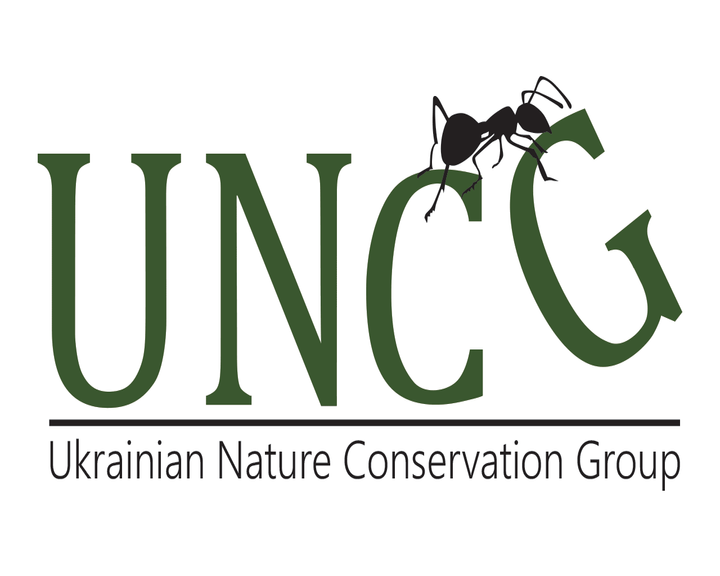
Ukrainian Nature Conservation Group

Snowchange Cooperative
